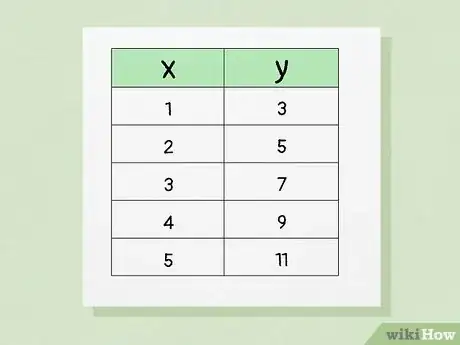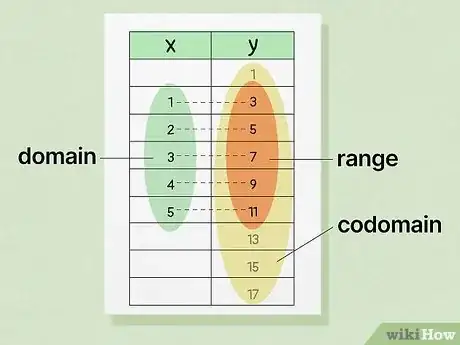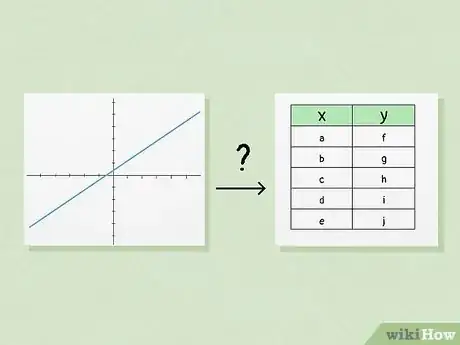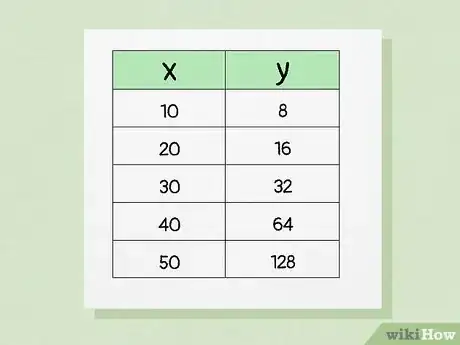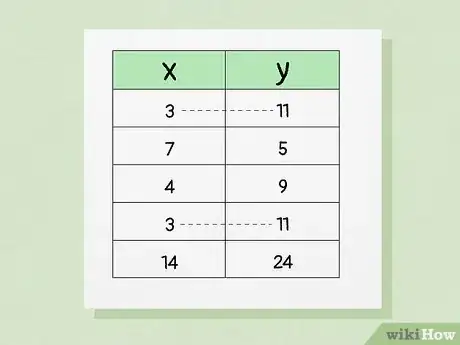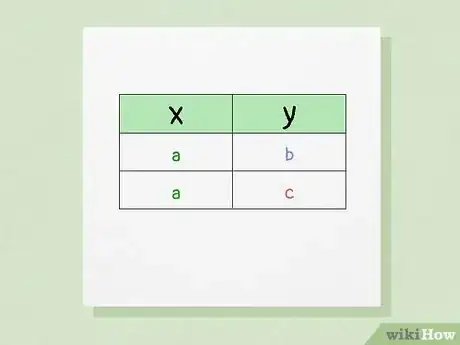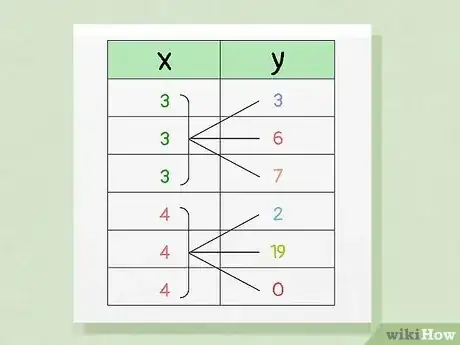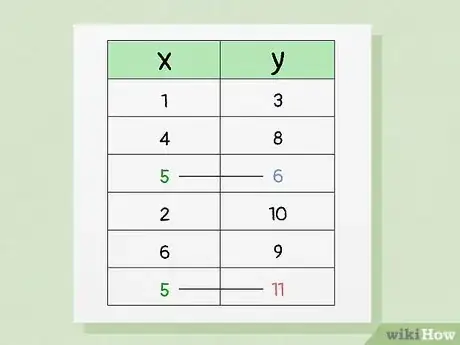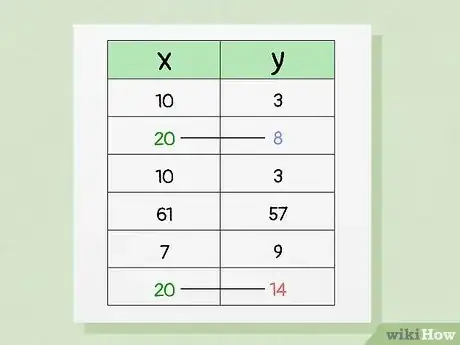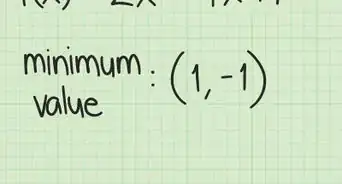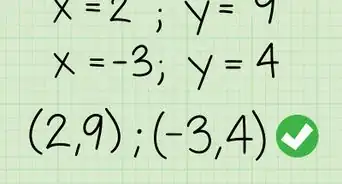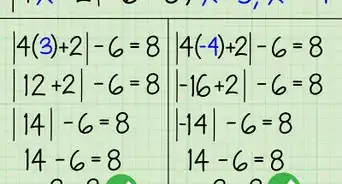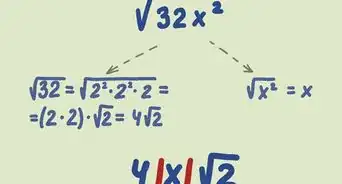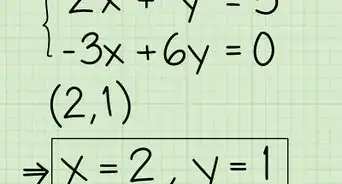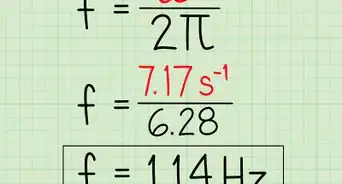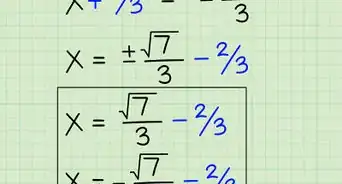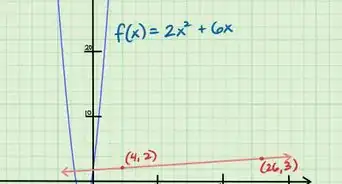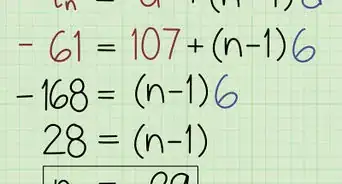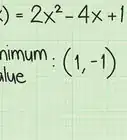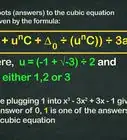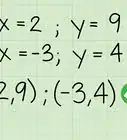This article was co-authored by wikiHow staff writer, Johnathan Fuentes. Johnathan Fuentes is a writer based in the New York City region. His interests as a writer include space exploration, science education, immigration, Latinx cultures, LGBTQ+ issues, and long-form journalism. He is also an avid hiker and has backpacked in Alaska and Newfoundland, Canada. A son of Cuban immigrants, he is bilingual in English and Spanish. Prior to joining wikiHow, he worked in academic publishing and was a freelance writer for science websites. He graduated from Columbia University in 2021, where he studied nonfiction writing and wrote for the student newspaper. He is currently counting down the seconds until the release of Kerbal Space Program 2 in 2023—a game that will almost certainly take up what little free time he has.
This article has been viewed 4,078 times.
Learn more...
Cramming for a math test? Struggling with a homework assignment on tables and functions? If this sounds like you, you’re not alone. Tables and functions can be hard to wrap your head around, and understanding how they work can make a big difference in your grade. The tricky part is that some tables are functions and some aren’t. So how do you tell the difference? It may sound like a hard question, but don’t sweat. There are a few dead giveaways that tell you whether a table is a function, and they’re easy to spot if you know where to look. Here’s a step-by-step guide on how to tell when a table is a function—and when it’s not.
Things You Should Know
- A function describes the relationship between an input variable (x) and an output variable (y).
- A table provides a list of x values and their y values.
- A table is a function if a given x value has only one y value. Multiple x values can have the same y value, but a given x value can only have one specific y value.
Steps
References
- ↑ https://www.britannica.com/science/function-mathematics
- ↑ https://www.mathsisfun.com/sets/domain-range-codomain.html
- ↑ https://www.mathsisfun.com/sets/domain-range-codomain.html
- ↑ https://www.mathsisfun.com/sets/domain-range-codomain.html
- ↑ https://www.mathsisfun.com/sets/domain-range-codomain.html
